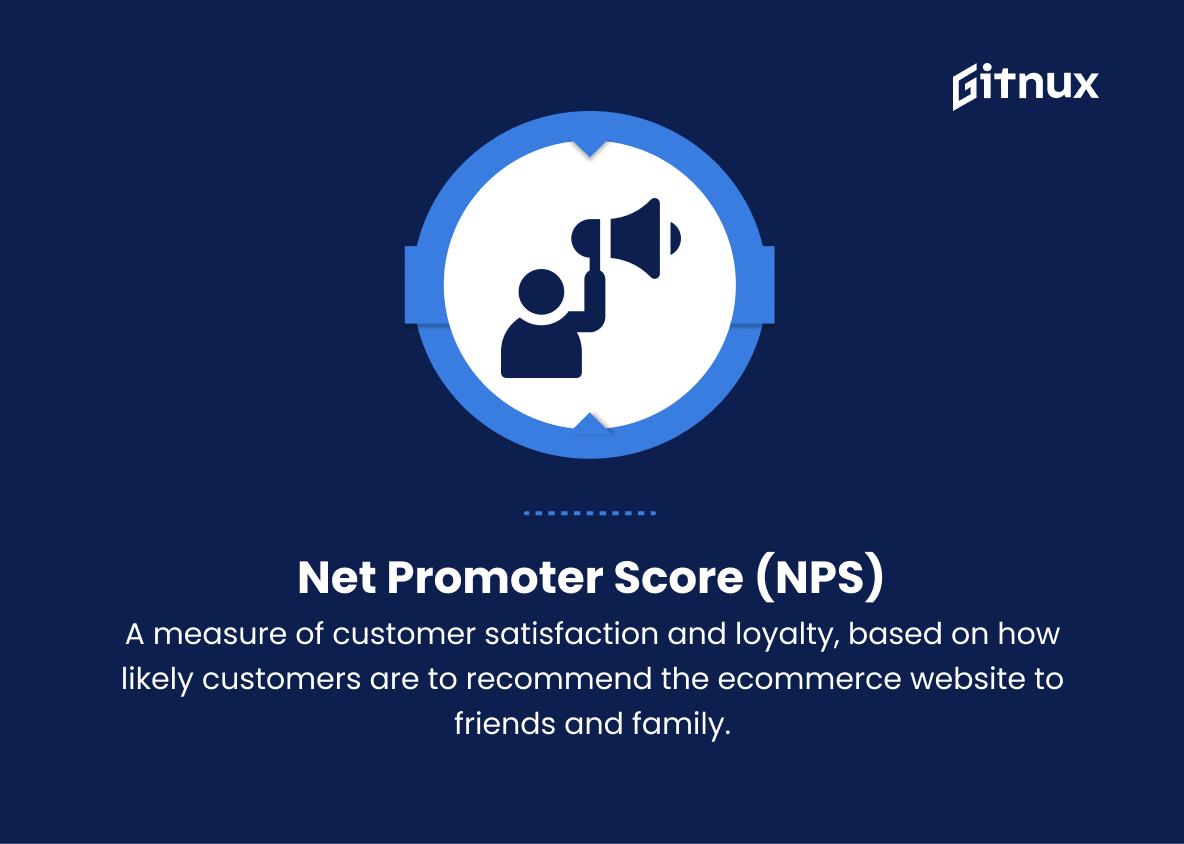Ecommerce has revolutionized the way we shop and engage with brands in today’s digital landscape. Businesses invest heavily in ecommerce platforms to provide seamless experiences and capitalize on the marketplace. Understanding and analyzing website performance metrics is crucial for maintaining and strengthening an ecommerce presence. This blog post will illuminate vital metrics for optimizing digital storefronts, streamlining user experience, and maximizing online success. Get ready for a deep dive into ecommerce website performance metrics for driving growth and profitability.
Ecommerce Website Performance Metrics You Should Know
1. Conversion rate
The percentage of website visitors who complete a desired action (e.g., purchasing a product). A high conversion rate indicates that the website is effective at driving sales.
2. Average order value (AOV)
The average amount spent by customers per transaction. A high AOV indicates that customers are purchasing more expensive items or purchasing multiple items in a single transaction.
3. Shopping cart abandonment rate
The percentage of customers who add items to their shopping cart but do not complete the transaction. A low abandonment rate suggests that the website’s checkout process is efficient and user-friendly.
4. Bounce rate
The percentage of visitors who leave the website after viewing only one page. A high bounce rate may indicate that the website’s landing page is not engaging or relevant to users.
5. Page load time
The time it takes for a web page to load fully. Faster load times contribute to a positive user experience and can improve search engine rankings.
6. Time on site
The average amount of time visitors spend on the website. A longer time on site indicates that users are finding the content and products relevant and engaging.
7. Pages per session
The average number of pages a user views during a single visit to the website. A higher number of pages per session suggests that users are actively browsing the website’s products and content.
8. Customer acquisition cost (CAC)
The average cost of acquiring a new customer through marketing and advertising efforts. A lower CAC is more cost-efficient and can contribute to a higher return on investment (ROI).
9. Customer lifetime value (CLV)
The estimated total revenue generated by a customer throughout their entire relationship with the ecommerce website. A higher CLV indicates that customers are loyal and likely to make repeat purchases.
10. Return on investment (ROI)
The profit generated from the ecommerce website’s marketing and advertising efforts compared to the investment made. A higher ROI suggests that the website’s marketing efforts are effective and worth the investment.
11. Revenue per visitor (RPV)
The average revenue generated from each visitor to the website. A higher RPV indicates that the website is effective at turning visitors into paying customers.
12. Churn rate
The percentage of customers who discontinue their relationship with the ecommerce website. A low churn rate suggests that customers are satisfied with the products and service provided.
13. Net promoter score (NPS)
A measure of customer satisfaction and loyalty, based on how likely customers are to recommend the ecommerce website to friends and family. A high NPS indicates strong customer satisfaction and loyalty.
14. website traffic
The total number of visitors to the ecommerce website, both new and returning. Higher traffic can lead to increased visibility, engagement, and potential sales.
15. Referral traffic
The number of visitors who come to the ecommerce website from external sources, such as other websites, social media, or search engines. A high amount of referral traffic can indicate strong brand awareness and credibility.
Ecommerce Website Performance Metrics Explained
Ecommerce website performance metrics are crucial for evaluating online business success. Conversion rate and AOV show marketing effectiveness and revenue potential. Cart abandonment and bounce rates help identify user experience issues, while page load time affects satisfaction and search engine rankings. Time on site and pages per session reflect content relevance and engagement. Financial metrics like CAC, CLV, and ROI evaluate marketing and profitability. RPV and churn rate show customer retention and repeat business. NPS measures loyalty and satisfaction for long-term growth. Traffic and referral traffic indicate visibility, reach, and credibility for ecommerce success.
Conclusion
To ensure the growth of your online store, tracking and analyzing eCommerce website performance metrics is crucial. By monitoring conversion rates, AOV, bounce rate, and cart abandonment, you can gain valuable customer insights and optimize your website and marketing strategies for increased sales and satisfaction. Consistent monitoring and adaptation of these metrics will keep your online store ahead of the competition in the fast-paced eCommerce landscape, ensuring long-term success.
















